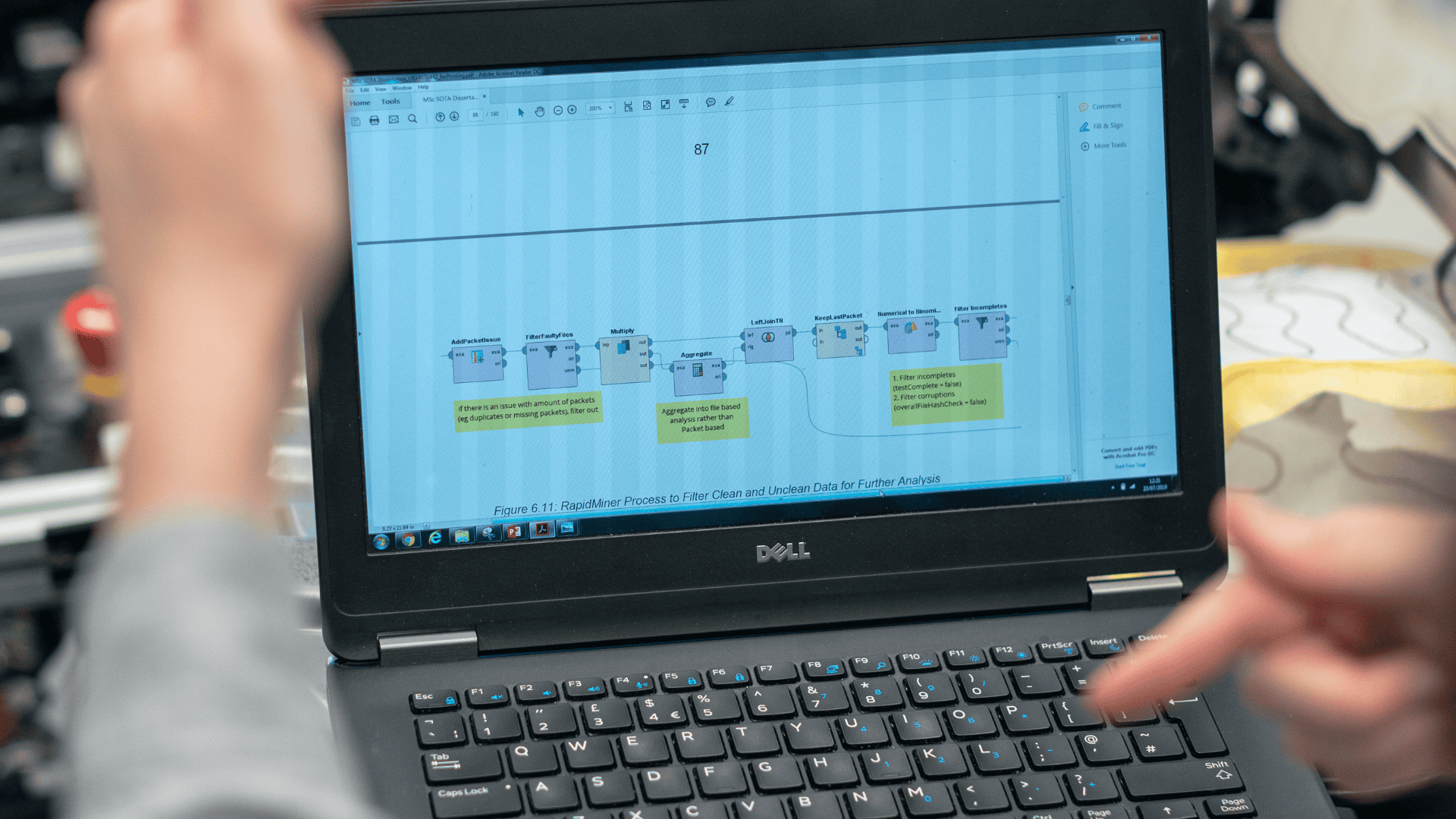For Australian businesses, private cloud infrastructure is becoming a vital enabler of innovation, data security, and regulatory compliance. However, with high setup and maintenance costs, achieving a strong return on investment (ROI) from private cloud environments requires a strategic approach. It’s not just about implementing the right technology—it’s about using it wisely.
Thanks to emerging technologies and automation tools, private cloud environments have evolved significantly. Once considered static and high-maintenance, modern private clouds now offer agility and ease of use comparable to public cloud—combined with the advantages of ownership, control, and compliance.
Today, Australian businesses can deploy private clouds that operate just like public clouds: fast, scalable, and seamless. The difference? They own the infrastructure, manage the facilities, and maintain full control over data, security, and performance. Let’s explore how companies can leverage these innovations to maximise private cloud ROI.
Next-Level Cost Optimisation with Automation
Automation is revolutionising cost efficiency in the private cloud. Platforms such as VMware Cloud Foundation, Red Hat OpenShift, and Nutanix enable end-to-end automation—from provisioning to lifecycle management.
By reducing manual tasks and streamlining operations, these platforms lower the total cost of ownership. According to IDC, automation can reduce IT operational costs by up to 30% through improved resource utilisation and workload management.
Advanced telemetry and AI-driven insights help identify underutilised resources and recommend right-sizing strategies in real time. Moreover, usage-based billing models—available through modern private cloud platforms—let businesses avoid large upfront investments and pay only for what they use.
Public Cloud Experience, Private Cloud Infrastructure

Private cloud is no longer restricted by slow provisioning or complex management. Self-service portals now empower business units to deploy virtual machines, applications, or container clusters on demand.
With platforms such as OpenStack and VMware Aria Suite, internal users can request resources via intuitive dashboards—while IT teams retain governance and control. This model accelerates delivery timelines, supporting faster innovation and improved ROI.
In fact, Gartner reports that organisations leveraging private cloud self-service portals reduce service delivery times by up to 70%.
Container orchestration tools such as Kubernetes further enhance agility, enabling developers to build resilient applications that operate across hybrid or multi-cloud environments—supporting faster go-to-market strategies for Australian enterprises.
Built-in Security and Compliance, On Your Terms

Owning your infrastructure enables complete control over security policies. With Zero Trust frameworks and micro-segmentation now widely adopted, private clouds offer security that rivals—and often exceeds—that of public cloud alternatives.
Modern platforms come equipped with automated compliance checks, policy-based access controls, and real-time monitoring. These features are essential for regulated industries such as finance, government, and healthcare.
According to the Office of the Australian Information Commissioner (OAIC), the healthcare and finance sectors were the most affected by data breaches in 2023—highlighting the importance of robust, in-house security and compliance capabilities.
Smart Operations Through AI and Automation

AI-driven automation is making private clouds smarter and more efficient. Predictive analytics can now detect anomalies, prevent failures, and optimise workloads before performance issues arise.
Solutions like IBM Cloud Pak, Morpheus, and Nutanix Prism Central offer real-time visibility and centralised management—allowing IT teams to proactively monitor and improve operations.
Routine tasks such as patching, upgrades, and disaster recovery can now be fully automated. A McKinsey study found that AI-enabled automation can boost IT productivity by 20–25%, freeing up resources for strategic initiatives.
Leveraging Local Advantages for Strategic Gains
Australia’s regulatory landscape and geography further enhance the value of private cloud. Local data hosting ensures compliance with standards like the Privacy Act, while reducing latency caused by offshore data centres.
Private cloud also supports sustainability goals. With tools to monitor and optimise energy consumption, organisations can reduce their carbon footprint and operational costs. According to the CSIRO, sustainable IT practices can cut energy usage by up to 40% in data centres.
Furthermore, by offering predictability over costs and avoiding escalating public cloud fees, private cloud enhances long-term financial planning.
Redefining ROI Measurement
Traditional ROI metrics focused solely on cost savings are outdated. A modern ROI assessment includes:
- Reduction in service provisioning time (from hours to minutes)
- Increased automation and reduced manual effort
- Enhanced productivity and uptime
- Improved disaster recovery and resilience
- Streamlined compliance reporting and audits
AI-powered dashboards offer real-time visibility into these metrics, giving business leaders the evidence they need to justify private cloud investments.
Final Thoughts

Today’s private cloud is not a compromise—it’s a strategic enabler. Australian organisations leveraging the latest technologies are gaining the agility, scalability, and intuitive experience of public cloud while maintaining full control over their data and compliance obligations.
By embracing automation, self-service, and AI, businesses are transforming IT operations into engines of innovation, growth, and competitive edge.
Private cloud is not just an upgrade—it’s the foundation of a digital-first future for Australia. But to unlock its full ROI, businesses must adopt a mindset of continuous optimisation, using tools and practices tailored to their unique goals.
References
- IDC – Automation and AI Drive Cloud Operational Efficiency
https://www.idc.com/resource-center - Gartner – What IT Leaders Need to Know About Private Cloud
https://www.gartner.com/en/insights
- Office of the Australian Information Commissioner (OAIC) – Notifiable Data Breaches Report: January to June 2023
oaic.gov.au/privacy/notifiable-data-breaches/reports/ndb-report-january-to-june-2023 - McKinsey & Company – The Automation Imperative
http://mckinsey.com/business-functions/mckinsey-digital/our-insights/the-automation-imperative - CSIRO – Energy-Saving Opportunities in Data Centres
https://www.csiro.au/en/research

